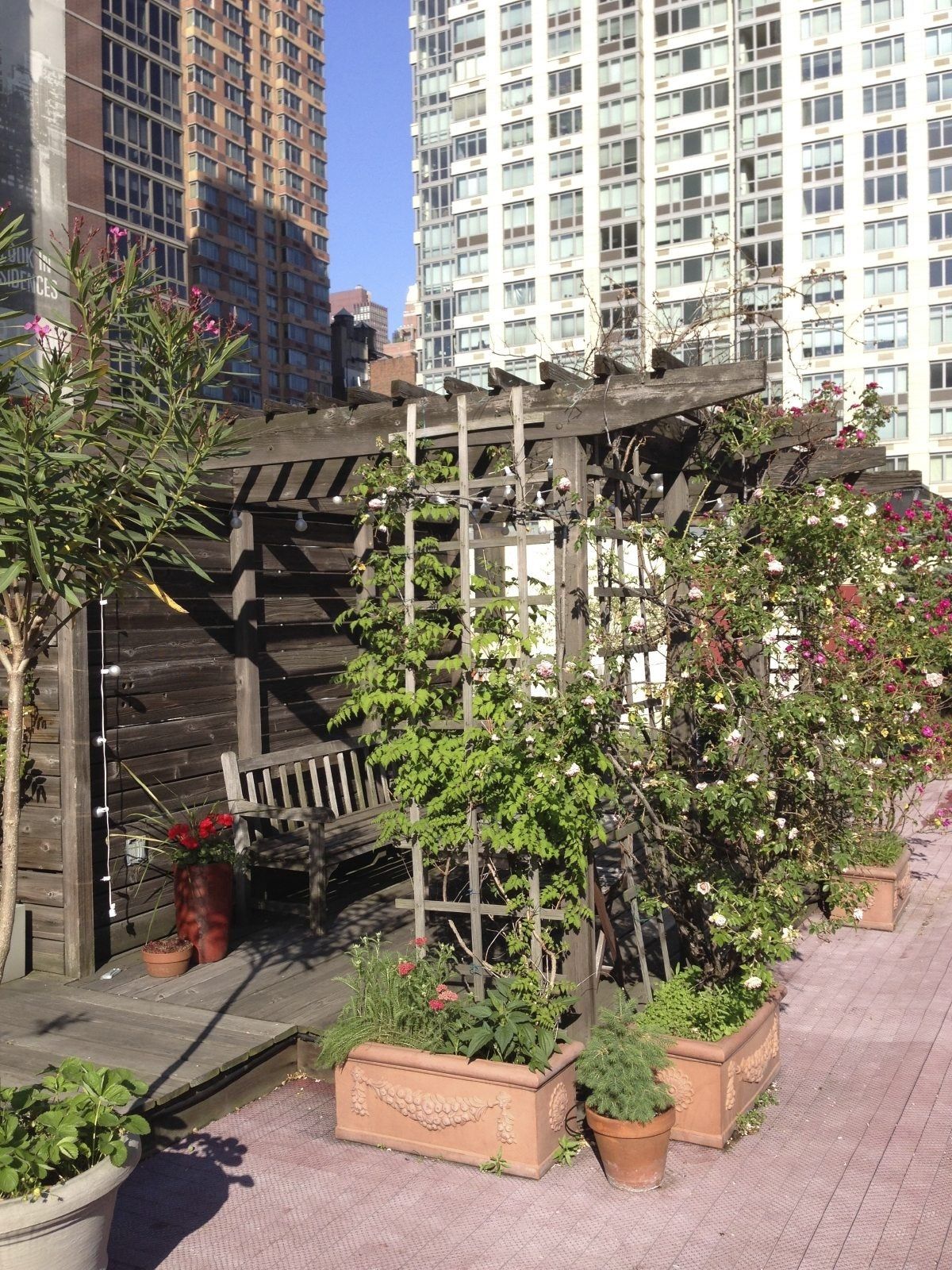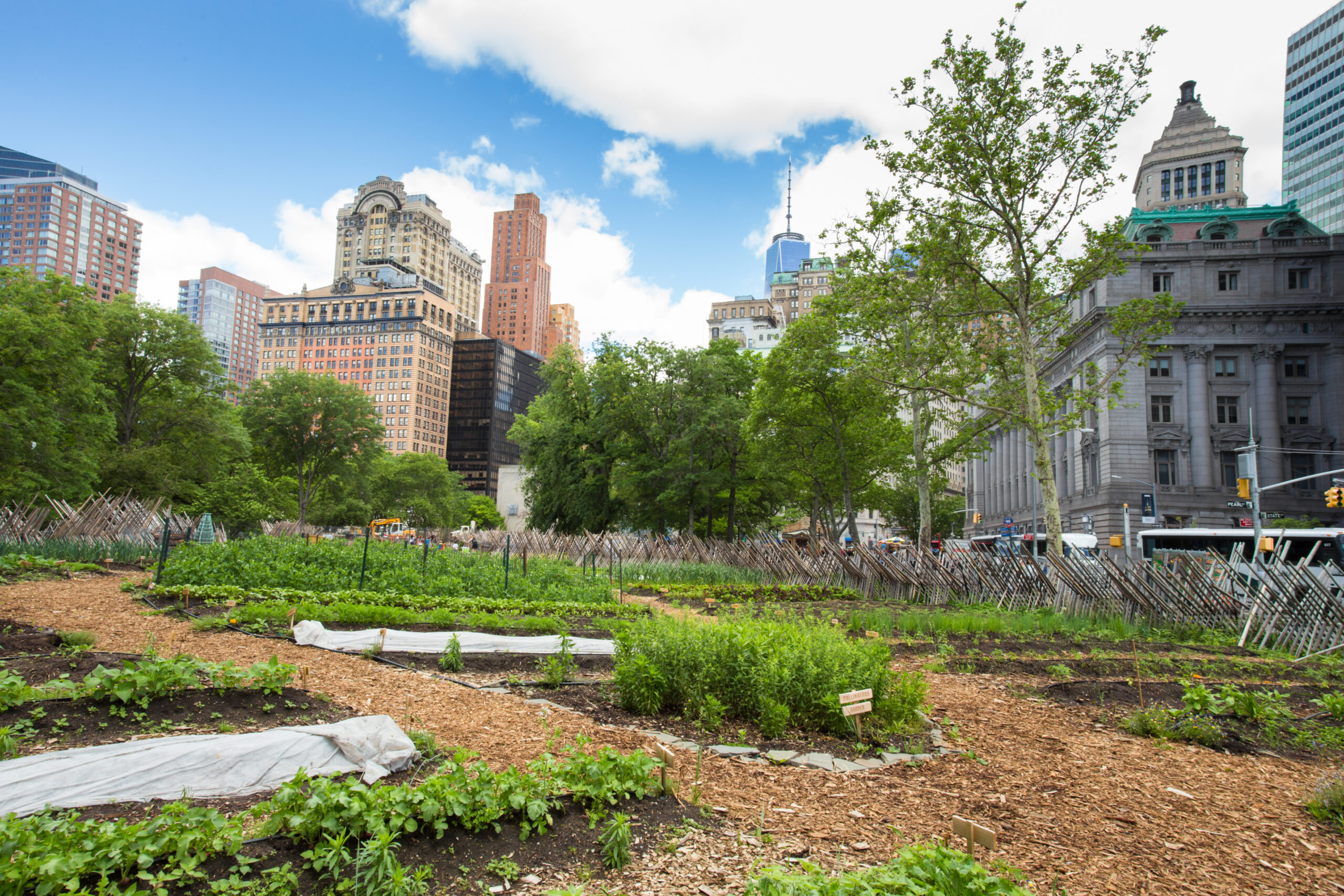6 Simple Techniques For City Blooming
6 Simple Techniques For City Blooming
Blog Article
The Best Strategy To Use For City Blooming
Table of ContentsAn Unbiased View of City BloomingThe Ultimate Guide To City BloomingThe Best Guide To City BloomingThe Ultimate Guide To City BloomingCity Blooming Fundamentals Explained
Interested in expanding food for sale in the City of Chicago? Below is a listing of regularly asked concerns regarding the guidelines and regulations that growers need to think about when planning a metropolitan farming project.
The zoning amendment does not change any type of other codes handling composting, structure licenses, acquiring or leasing City owned residential property, business licenses or ecological contamination. There are existing codes that manage these problems and they remain completely effect and might be applicable to your task. Area yards are normally possessed or managed by public entities, public companies or community-based companies and kept by volunteers.
Urban farms expand food that is meant to be sold, either on a not-for-profit or for-profit basis. Due to their commercial objective, metropolitan farms require a company license.
The Buzz on City Blooming
The quantity of garden compost product can not go beyond 25 cubic backyards at any type of provided time according to the criteria in 7-28-715 of the City's Municipal Code. Due to the fact that the dirt at the majority of new yard sites needs amending, garden compost, dirt, timber chips, or various other materials can be obtained to build or enhance the growing room.

If a structure license is required after that the hoophouse will certainly be considered an accessory building. You can figure out more regarding the structure permit requirements by speaking to the Department of Structures. The 25,000-square-foot size limit is intended to avoid a single community garden from controling a provided block or taking away from the block's existing domestic or industrial character.
The limitation does not apply to gardens situated in Public Open Space (POS) areas. Can there be even more than one neighborhood yard that is 25,000 square feet on a single block? Secure fencing is not needed, nonetheless, gardens that have large vehicle parking locations might be required to set up secure fencing or various other landscape design functions.
Some Known Details About City Blooming
B1 & B2 areas require that all industrial usage tasks be conducted inside your home. Is fencing needed for urban ranches? Fencings might be required, along with landscape design and testing, for certain car parking areas and outside job or storage space locations depending on area and the particular task taking area.
Urban farms need structure authorizations and zoning authorizations prior to building and construction (indoor plants). Various other forms of city review may be called for depending on particular structures, tasks, dimension, landscape design, licensing, public health and stormwater monitoring issues.
The Department of Business Matters and Consumer Security can help identify the details type of organization permit that's called for. Off street car parking is required for the majority of commercial jobs in Chicago. The called for number of parking rooms is based on the number of staff members working on site and not the square video of the growing area.
Get This Report about City Blooming

Yes. An urban farm can offer garden compost product created on site, nonetheless, the operation has to follow the policies in 7-28-715 of the Chicago Municipal Code. Yes. Aquaponic systems are allowed inside on urban ranches in many zoning areas. However, a zoning evaluation and building license is needed in order to mount frameworks or systems and a business permit is required as defined over.
Up to 5 hives or nests of honey might be kept as an accessory usage. Beekeepers should sign up with the Illinois Department of Farming. To find out more about the recommended zoning modification you may get in touch with the Division of Real Estate and Economic Development, Bureau of Preparation and Zoning at 312.744.8563.
, which takes location in country areas at the edge of residential areas.
The 45-Second Trick For City Blooming
, that seek to create social networks started on a shared ethos of nature and community holism. These networks can develop by way of official institutional assistance, becoming integrated right into regional community preparation as a "shift town" motion for sustainable metropolitan advancement.
In either situation, the much more direct access to fresh vegetable, fruit, and meat products that may be realised through metropolitan agriculture can boost food safety and food safety and security while decreasing food miles, bring about reduced greenhouse gas emissions, thus adding to environment change reduction. Several of the first visit evidence of metropolitan agriculture originates from Mesopotamia.
Report this page